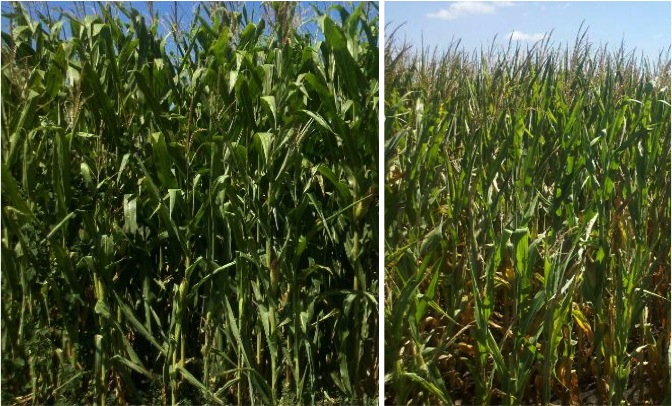
By XiaoZhi Lim
BU News Service
In the summer of 2012, during the worst drought in twenty years, Danforth, Illinois, went for six weeks without rain but the corn in Hoekstra Farm grew tall and green. The corn in the neighboring fields was almost a foot shorter. While farmers across the Corn Belt watched their crops shrivel and die, Harold Wilken of Hoekstra Farm made enough money from his crops that summer to pay a bonus rent to his landowner.
Wilken did not use special drought-resistant seeds, and his fields did not get more rain than his neighbors’. What Wilken did, for the last eight years farming at Hoekstra, was take extra care of the soil in his fields.
Wilken is not the only farmer paying special attention to his soil. Although researchers have long tried to address drought by creating drought-resistant plants, more and more farmers, soil scientists and university extension staff are starting to realize that healthy soil is more effective in dealing with ruinous dry spells.
Continue reading at Boston University News Service Science. Originally published on Nov 22, 2013.
